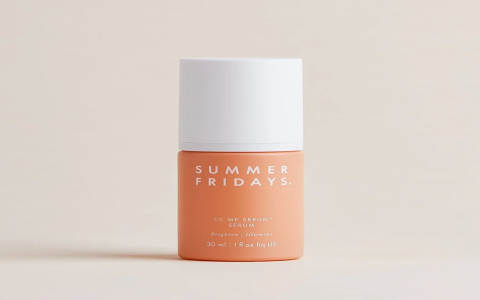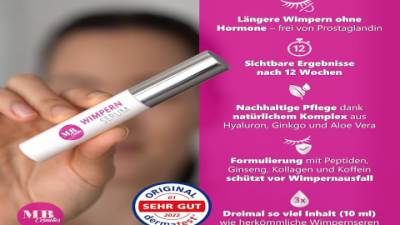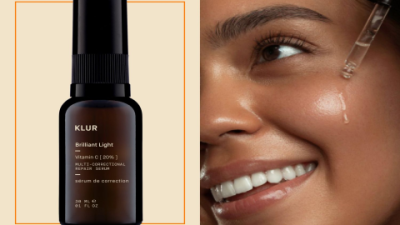So here's the thing - you open your bathroom cabinet one morning, reach for your trusty vitamin C serum, and suddenly notice it's not the same color anymore. What used to be clear or that pale yellow shade now looks more like... well, orange juice that's been sitting out too long. And immediately your brain goes into panic mode. Did I just waste $ on this tiny bottle? Is this going to burn my face off?
I've been there. We've all been there if we're honest about it. That sinking feeling when you realize your expensive skincare might be turning into some kind of science experiment right there on your vanity.
The truth is, vitamin C serum oxidation is way more common than brands want you to think. And honestly? The whole situation is more complicated than the simple "throw it away immediately" advice you'll find plastered all over beauty forums.

Let me walk you through what's actually happening here, because understanding the science behind this color change can save you both money and unnecessary stress about your skincare routine.
The Real Science Behind Why Your Serum Changes Color
Okay, so here's what's actually going on inside that little bottle. L-ascorbic acid - which is the fancy name for the vitamin C in your serum - is basically the diva of skincare ingredients. It's incredibly effective at fighting free radicals and boosting collagen, but it's also ridiculously unstable.
Think of it like this: L-ascorbic acid is constantly looking to give away electrons. That's what makes it such a powerful antioxidant, but it's also what makes it so prone to breaking down when it meets oxygen, heat, or light. When this happens, it transforms into something called dehydroascorbic acid, which then can break down further into other compounds.
This whole chemical cascade is what causes that color change you're seeing. And unfortunately, once it starts, there's no going back. You can't reverse oxidation - trust me, I've tried everything from refrigeration to those little silica packets you find in vitamin bottles.
The speed of this process depends on a bunch of factors. Higher concentration serums (like those 20% vitamin C ones that cost a fortune) actually oxidize faster because there's more active ingredient to react. The pH level matters too. And here's something that surprised me - even tiny amounts of metal ions from your water or containers can speed things up dramatically.
How to Spot When Your Serum Has Gone Bad
The color change is usually the first thing you'll notice. Fresh vitamin C serum should look clear, white, or maybe just barely yellow - like really pale lemonade. As oxidation happens, you'll see it shift through different stages. First a deeper yellow, then amber, then orange, and eventually it can turn this gross brown color that honestly looks like expired apple juice.
But color isn't the only thing to watch for. Sometimes the texture gets weird too - thicker or stickier than usual. Though I'll be honest, this doesn't always happen, and it can vary a lot depending on what other ingredients are in your specific formulation.
The smell test is another good indicator, though not everyone notices this. Some oxidized serums develop this slightly metallic or acidic smell. Nothing overpowering, but definitely different from when you first opened it. My friend Sarah swears she can smell oxidation from a mile away, but I'm not that sensitive to it.
Here's the frustrating part - there's no universal timeline for when this happens. I've had expensive serums from high-end brands turn orange within a month, while some drugstore versions stayed clear for months. It really depends on how they're formulated and how you store them.
Is Oxidized Vitamin C Actually Dangerous?
This is probably the question keeping you up at night, right? The short answer is: probably not dangerous, but definitely not ideal.

From a safety standpoint, oxidized vitamin C won't poison you or cause serious harm. The breakdown products aren't toxic when applied to skin. But - and this is important - they can be more irritating than fresh vitamin C. I learned this the hard way when I stubbornly kept using an obviously oxidized serum because I didn't want to waste the money.
The oxidized compounds can be more acidic and potentially more reactive than the original L-ascorbic acid. So if you have sensitive skin, or if you're new to vitamin C, you might notice more stinging, redness, or irritation. Some people even break out from oxidized serums when they never had problems with fresh ones.
Allergic reactions are rare, but the changed chemical composition might trigger reactions in people who were previously fine with the product. If you start getting unusual reactions - persistent redness, swelling, itching, or breakouts that weren't there before - stop using it immediately.
There's also this interesting concept called the oxidative stress paradox. While fresh vitamin C fights oxidative damage, heavily oxidized versions might theoretically contribute to it instead. Though honestly, the amounts in cosmetic products probably aren't enough to cause real problems when applied topically.
What Happens to the Benefits When Your Serum Oxidizes
Here's where it gets really frustrating. As your serum oxidizes, you're basically watching your money drain away along with the effectiveness.
Studies show that moderately oxidized serums might only have 50-70% of their original potency. Heavily oxidized ones? You might as well be putting apple juice on your face for all the vitamin C activity you're getting. And considering how much we spend on these products, that's just depressing.
All those anti-aging benefits you're paying for start disappearing too. L-ascorbic acid helps with collagen production by acting as a cofactor for specific enzymes. But the oxidized forms? They just don't have the same biological activity. So you're going through the motions of your skincare routine without getting the results.
The antioxidant protection goes downhill fast too. Fresh vitamin C is like having a shield against environmental damage from UV and pollution. Oxidized vitamin C is more like carrying a broken umbrella in a rainstorm - better than nothing, but not really doing its job.
And if you're using vitamin C to fade dark spots or even out your skin tone, oxidation really messes with that too. The tyrosinase inhibition that helps with hyperpigmentation requires the active L-ascorbic acid form. Some oxidized vitamin C might retain tiny amounts of this activity, but honestly, you'd probably see better results from a good vitamin C-rich diet at that point.
What Actually Causes This Oxidation Mess
After dealing with this problem for years, I've figured out the main culprits behind vitamin C oxidation. Air exposure is the biggest one. Every single time you open that bottle, oxygen rushes in and starts wreaking havoc on your L-ascorbic acid molecules.
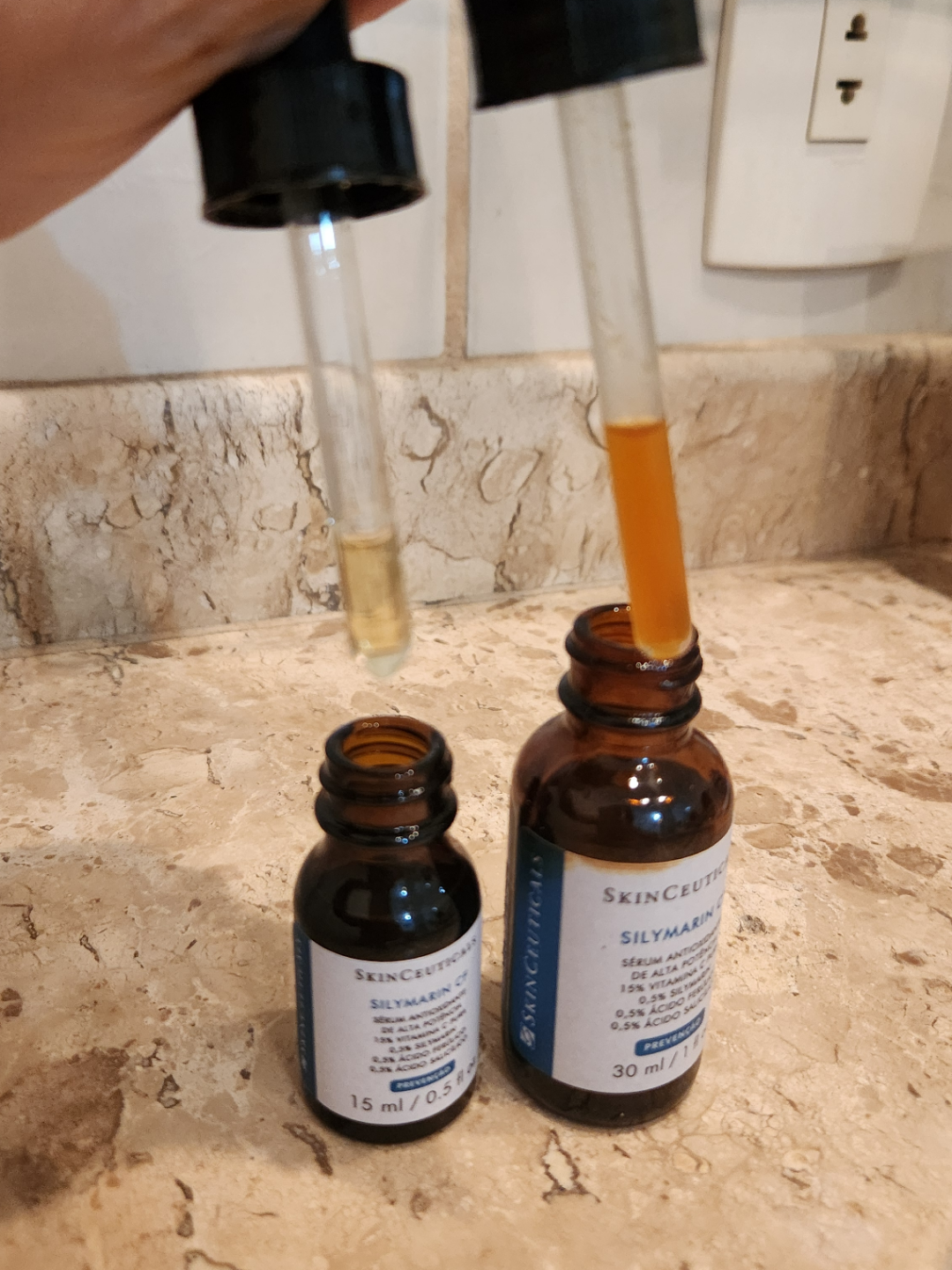
This is why good vitamin C serums come in those dark bottles with the dropper mechanisms. But even with proper packaging, you're introducing air every time you use it. I used to be terrible about leaving bottles open while I finished my routine, which probably cut the lifespan of my serums in half.
Light exposure is another major factor, especially UV light. It literally triggers photochemical reactions that accelerate oxidation. I learned this after leaving a serum on my bathroom counter near a window for a few weeks. It turned orange faster than I'd ever seen before.
Temperature is huge too. Heat speeds up all chemical reactions, including oxidation. Bathrooms are actually terrible places to store vitamin C serums because of the temperature swings from hot showers. And don't even get me started on people who leave their skincare in their cars during summer.
The pH of the formulation matters more than most people realize. L-ascorbic acid is most stable around pH 3.5-4.0, but many commercial products have higher pH levels to make them less irritating. It's a trade-off between immediate comfort and long-term stability.
Water content in the formulation plays a role too. Water-based serums generally oxidize faster than oil-based or anhydrous formulations. Plus, the quality of other ingredients and whether they include stabilizers makes a huge difference.
How to Actually Prevent Your Serum from Going Bad
After wasting way too much money on oxidized serums, I've gotten pretty good at preservation strategies. The refrigerator is your best friend here. I keep my vitamin C serum in the door of my fridge, which maintains that ideal 35-40°F temperature range.
Some people worry about applying cold serum to their face, but honestly, it's kind of refreshing in the morning. If it bothers you, just warm it between your palms for a few seconds before applying.
Container choice matters more than I initially thought. Dark amber or cobalt blue glass bottles are significantly better than clear containers. And pump dispensers or airless containers are superior to traditional droppers because they minimize air contact. Though if you have a good dropper bottle with a tight seal, that works fine too.
I've gotten obsessive about my usage habits. Always clean hands, never touch the dropper to my skin, replace the cap immediately. I even sanitize my dropper tip with rubbing alcohol once a week, though that might be overkill.
Storage location is critical. I avoid the bathroom entirely now because of the humidity and temperature changes. My bedroom dresser works great - cool, dark, and consistent temperature.
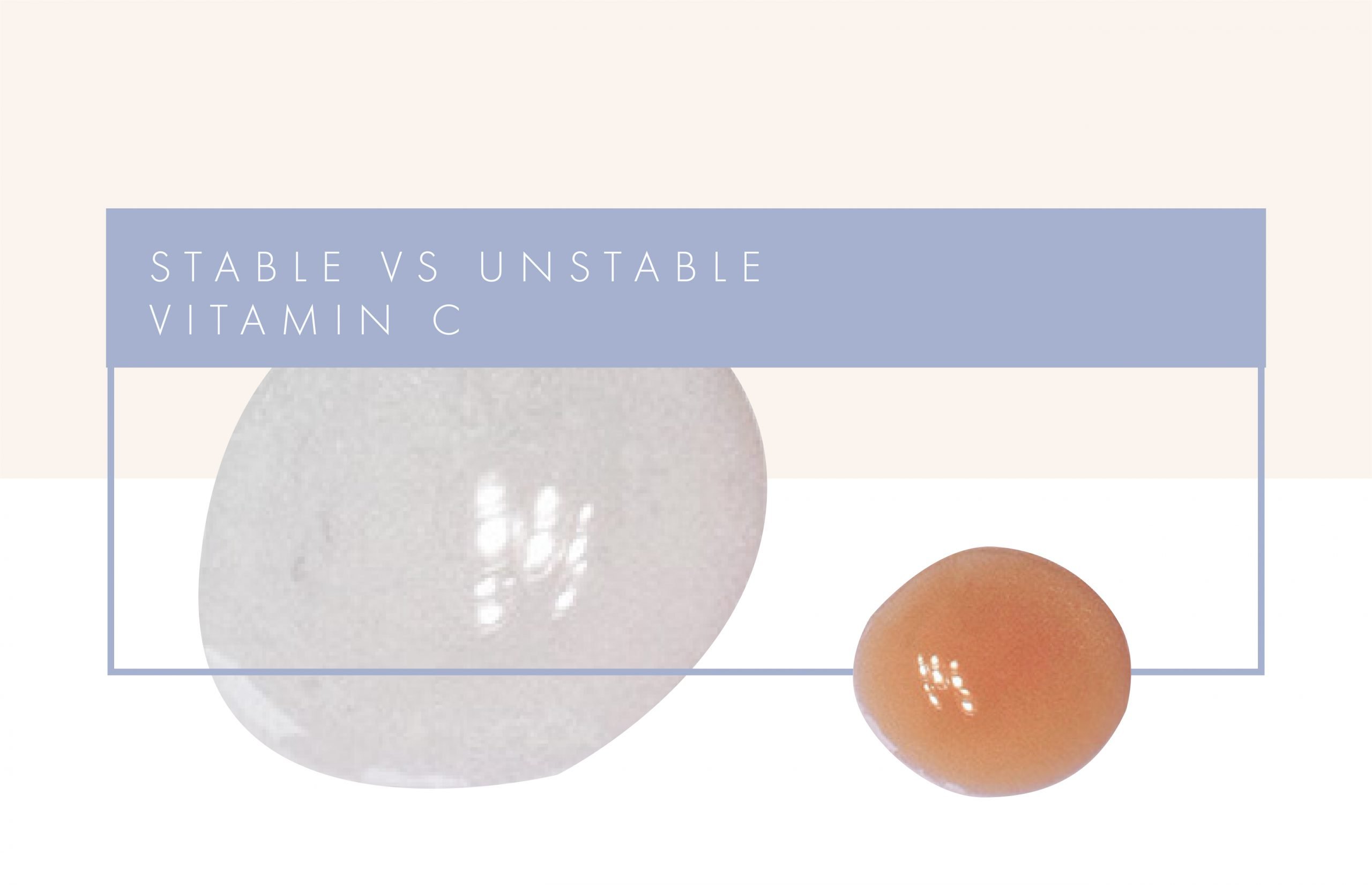
One strategy that's worked well for me is buying smaller bottles more frequently instead of trying to use up large sizes. Yeah, it costs more per ounce, but the improved potency and reduced waste usually make up for it.
When to Just Give Up and Buy a New Bottle
I used to be terrible about holding onto serums way past their prime because I hated wasting money. But I've learned to set some practical guidelines for replacement.
If your serum is just light yellow or pale amber, it's probably still okay to use. Most of the potency is likely intact. But once it hits that deep amber, orange, or brown territory, you're probably not getting much benefit anymore.
Time-wise, most dermatologists recommend replacing vitamin C serums every 6- weeks after opening, regardless of how they look. That sounds excessive to me honestly, but for maximum effectiveness, it's probably the safest approach.
I pay attention to performance too. If I stop seeing the brightening effects or my usual glow, even before obvious color changes, that's usually a sign the serum is losing potency.
And definitely replace it if you notice increased irritation or any weird skin reactions. Your skin will tell you when something isn't right.
Advanced Storage Tricks I've Learned
Refrigeration is the easiest upgrade you can make. But there are a few other tricks I've picked up over the years.
Vacuum sealing unopened backup bottles before refrigerating them can significantly extend their shelf life. I do this when I find a good sale and want to stock up. Food saver bags work perfectly for this.
Some people try nitrogen flushing, which is basically displacing the oxygen in the bottle with nitrogen gas. You can buy food-grade nitrogen sprays online. It's a bit extra, but it does work if you're really committed to extending your serum's life.
I've also experimented with mixing pure L-ascorbic acid powder with stable serums right before use. This ensures maximum freshness, though it requires a bit more effort and knowledge about proper concentrations.
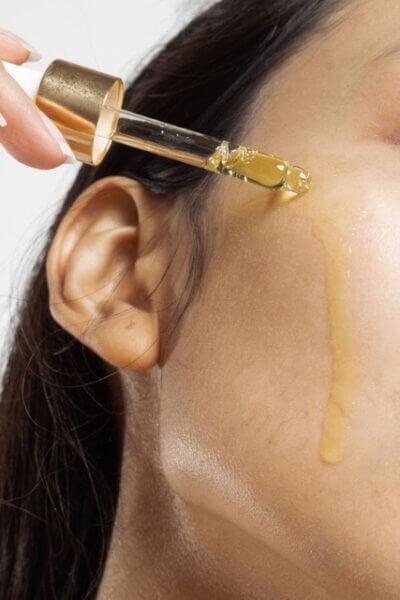
Stable Vitamin C Alternatives That Don't Drive You Crazy
Honestly, dealing with L-ascorbic acid oxidation got so frustrating that I started exploring other forms of vitamin C. Magnesium ascorbyl phosphate is way more stable and still provides good skin benefits. It's gentler too, which is great if you have sensitive skin.
Sodium ascorbyl phosphate is another stable option, and it actually has antimicrobial properties that can help with acne. The conversion to active vitamin C happens more slowly, but you get consistent potency without the oxidation headaches.
For oil-based products, ascorbyl palmitate works really well. It's fat-soluble, so it penetrates differently than water-based versions, and it's much more stable.
Ethyl ascorbic acid is newer but shows a lot of promise. It's stable, penetrates well, and converts to active vitamin C once it's in your skin cells.
Questions Everyone Asks About Oxidized Vitamin C
Can I still use my vitamin C serum if it's slightly yellow?
Light yellow is usually fine. Keep an eye on it and consider replacing if it gets darker or if you notice your skin isn't responding as well as usual.
How fast should I go through a bottle?
Most maintain good potency for 6- weeks after opening with proper storage. Better formulations might last 3- months if you're careful.
Small bottles or large bottles?
Small bottles are usually better even though they cost more per ounce. Less air exposure means fresher product and better results.

Can I freeze vitamin C serum?
Don't freeze it. The texture can get weird and the formulation might separate. Regular refrigeration is perfect.
Should I transfer to smaller containers as I use it?
I wouldn't recommend it because you risk contamination and more air exposure. Better to just buy appropriately sized bottles from the start.
Do stabilizers really help?
Absolutely. Serums with ferulic acid, vitamin E, or other antioxidants last way longer. Sometimes twice as long in my experience.
How can I tell if it's oxidized before it changes color?
Pay attention to effectiveness, irritation levels, and any changes in smell or texture. Your skin usually knows before your eyes do.
Are pump bottles really better?
Generally yes, because they minimize air exposure. But good dropper bottles work fine too if you're careful about storage.
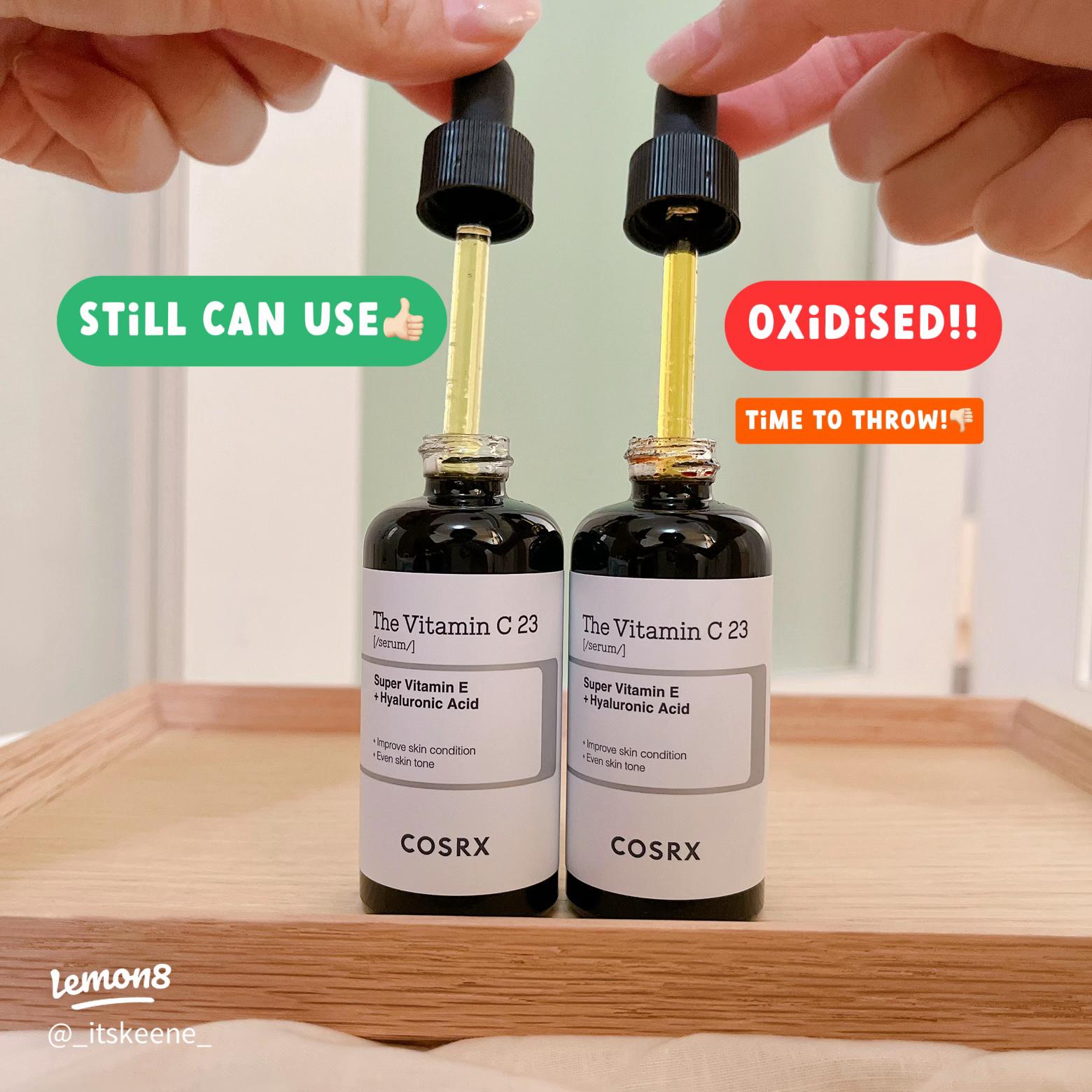
The bottom line is this: oxidized vitamin C serum won't hurt you, but it's not doing much good either. Understanding how oxidation works and taking some basic precautions can help you get the most out of your investment. And honestly, don't beat yourself up if you have to throw out an oxidized bottle occasionally - it happens to all of us. The key is learning from it and doing better with the next one.
